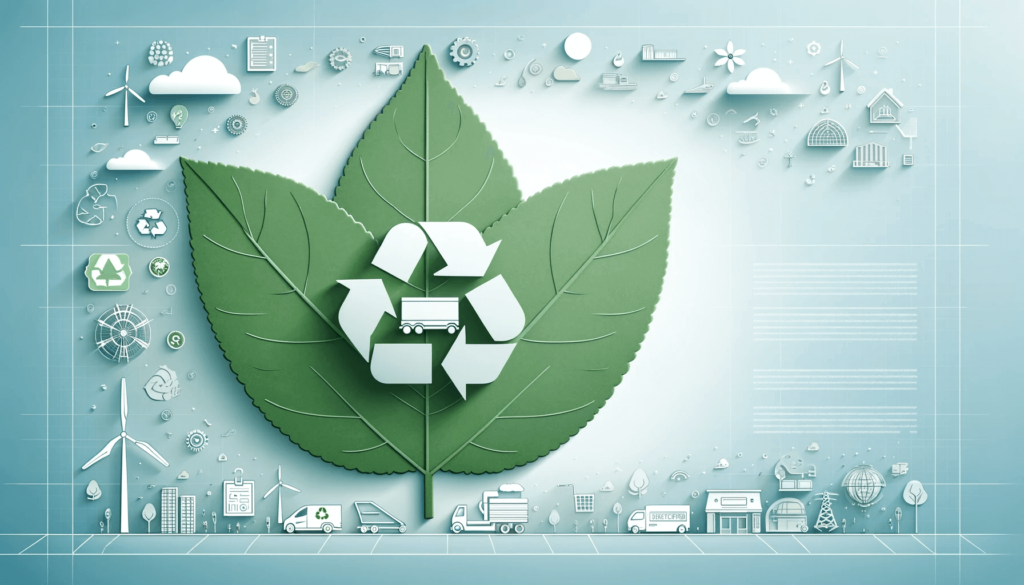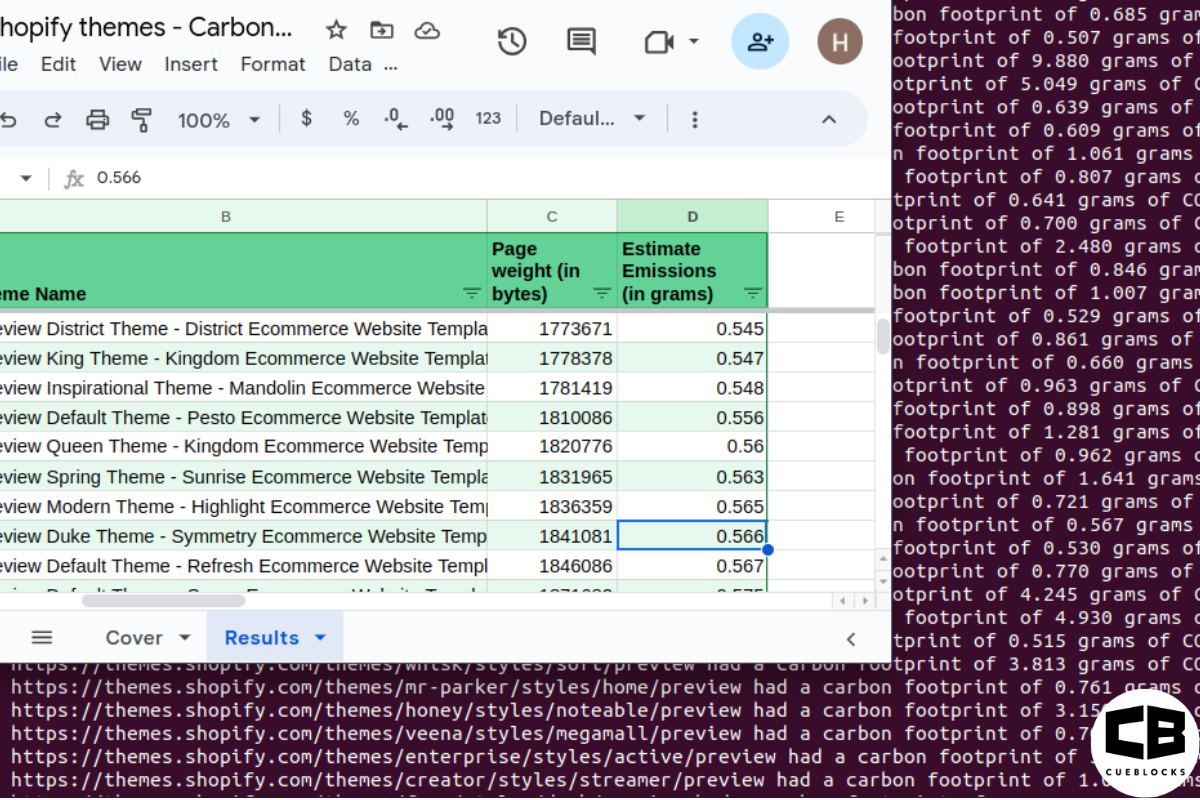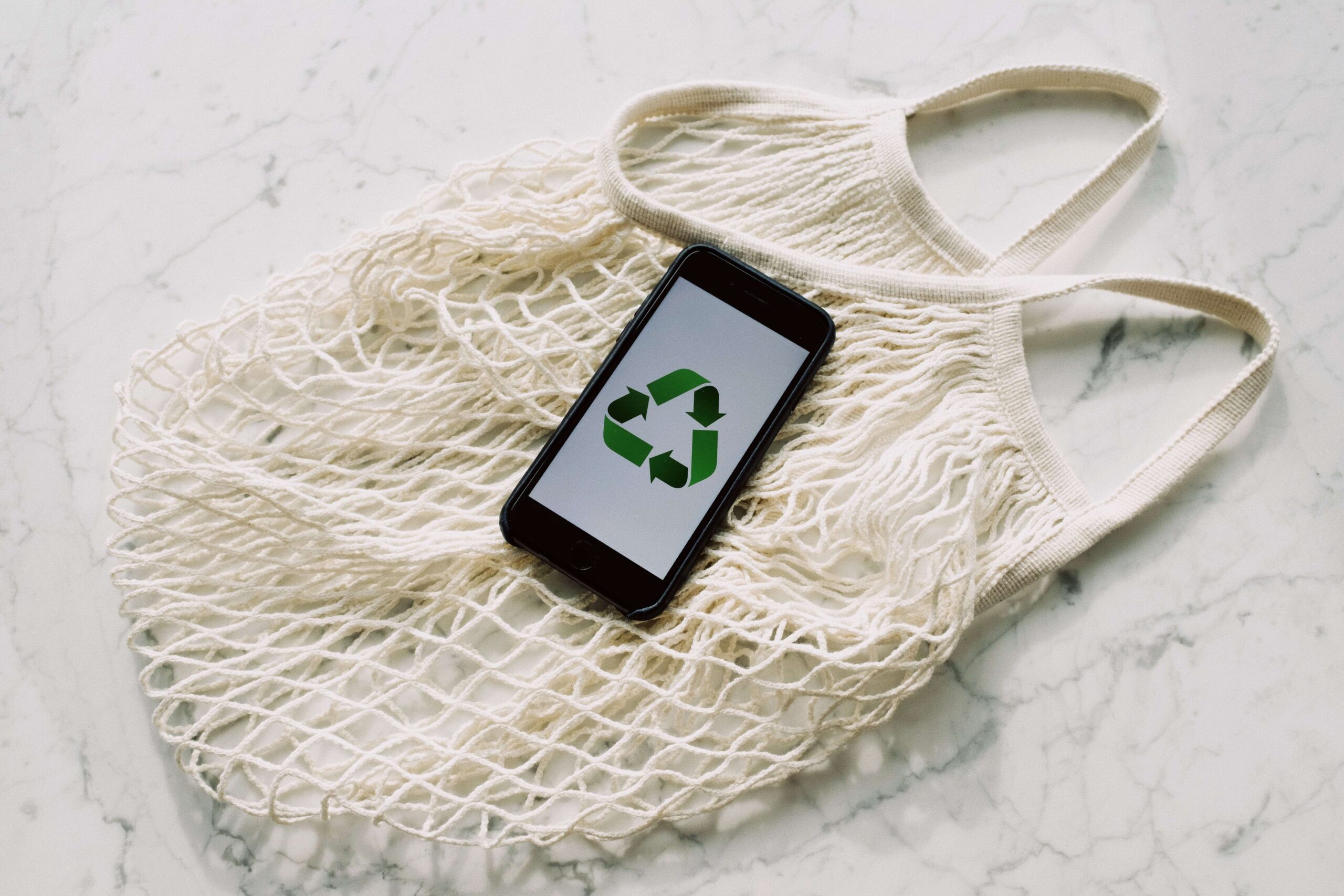
Beyond Profits: 6 Metrics for Assessing Sustainability in eCommerce

The burgeoning interest of consumers in sustainability is causing a significant shift in the eCommerce landscape. The adoption of environmentally conscious alternatives has encouraged brands to adopt sustainability into their daily operations, which has resulted in the growth of sustainable eCommerce.
Today, consumers look for brands that are sustainable, ethical, and environmentally conscious in addition to their products.
Customers’ increased desire for transparent and ecologically friendly goods and services is indicative of the paradigm shift in eCommerce towards eco-friendly practices. This change is more than just a fad; companies need to take it strategically to match customer expectations and values with their own sustainable practices.
Adopting eco-friendly practices is, therefore, a strategic move that guarantees a company’s relevance, longevity, and positive impact on the environment and society. It goes beyond simply satisfying current market demands. This is why measuring sustainable metrics is crucial for a company’s environmental impact assessment.
Key Sustainability Metrics And How to Calculate Them
Monitoring and measuring sustainability metrics are more than a choice; they are vital for companies trying to reach environmentally friendly standards. In a society where sustainability is becoming more and more important, it supports strategic decision-making, assures compliance, fosters trust with stakeholders, and helps a business succeed in the long run.
Let’s explore some of the core sustainability metrics in eCommerce and show you how to measure and track these metrics for a more environmentally friendly future.
- Carbon Footprint
The carbon footprint of an individual, business, goods, or service is a measure of the total amount of greenhouse gas emissions, primarily carbon dioxide, that are caused by them directly or indirectly.
How to Measure It:
- Online Calculators: Utilize online tools like Carbon Footprint Calculator, Carbon Trust, or the Environmental Protection Agency’s (EPA) Carbon Calculator.
- Emission Factors: Use emission factors provided by environmental agencies to calculate emissions based on energy usage, transportation, and other activities.
Online tools like Carbon Footprint Calculator, EPA’s Carbon Calculator, Carbon Trust tools, and PCMAG help estimate carbon footprints, providing insights into energy usage, transportation, and household activities.
- Energy Consumption
The amount of energy used overall in an online store, including gas, electricity, and other energy sources, is measured as energy consumption.
How to Measure It :
- Energy Monitoring Systems: Install energy monitoring systems to keep tabs on and evaluate how much energy is used in various operations.
- Energy Meters and Bills: Examine energy meters and bills to determine the total amount of energy used over a given time frame.
- Packaging Waste
The materials used to package goods that add to waste and pollution in the environment are referred to as packaging waste.
How to Measure It :
- Lifecycle Assessments: To determine how packaging materials affect the environment, perform a lifecycle assessment.
- Tools: Packaging waste, including materials like cardboard, plastic, foam, and paper, contributes to environmental pollution. Tools like PlasticIQ help assess and manage this waste by evaluating materials’ recyclability, potential environmental footprint, and types. This helps businesses make informed decisions, optimize designs, and minimize waste.
- Water Consumption
The amount of water used in various operations and activities across the supply chain of eCommerce is measured by water consumption.
How to Measure It :
- Data Collection: Compile information from meters and utility bills to determine areas with high water usage and to compute the overall amount consumed.
- Water Tracking Tools: Tools like Aquantix, WaterStat, and WaterSense help track and manage business water usage, providing insights into consumption patterns and identifying areas for conservation and sustainable practices.
- Supply Chain Sustainability
In the context of eCommerce, supply chain sustainability assesses the effects that sourcing, production, and transportation have on the environment and society.
How to Measure It :
- Last-Mile Delivery Optimization: Look into environmentally friendly last-mile delivery options like electric vehicles, route optimization, or other delivery techniques.
- Supply Chain Analytics: Track and measure sustainability metrics along the supply chain with supply chain analytics platforms to pinpoint areas that need improvement.
- Product Life-cycle
A product’s entire journey, from the extraction and manufacturing of its raw materials to its distribution, use, and final disposal or recycling, is included in its life cycle. In order to assess the sustainability of the product, this process evaluation examines the environmental impact at each stage of the process.
How to Assess the Product Lifecycle:
- Process Analyzation: Gather information on energy use, material use, emissions, and waste generation to analyze the environmental effects of each stage of the process, including the extraction, production, transportation, usage, and disposal of raw materials.
- LCA Assessment: Perform a thorough Life Cycle Assessment (LCA) with specialized software such as OpenLCA, GaBi, or SimaPro.
Conclusion
Sustainability integration into eCommerce operations has developed from a trend to a core business strategy. Important sustainability metrics should be tracked and monitored in order for businesses to drive efficiency and innovation as well as align with consumer preferences. Adopting sustainable practices in this eco-conscious time isn’t just about meeting expectations; it’s also about building brand loyalty and making a long-lasting positive impact on the environment.
CueBlocks prioritizes partnering with businesses dedicated to prioritizing our planet’s health. To start your greener eCommerce journey, get in touch with us at – letstalk@cueblocks.com
Find Your Partner in Success
Partner With An eCommerce Agency That Believes in Your Values
- About the Author
- Latest Posts
Formerly an English trainer, a dearth of creativity led me into the realm of digital marketing. I now channel my linguistic prowess as a copywriter at CueBlocks.
Co Authors :
-
Evaluating the Carbon Emissions of Shopify Themes
by Harleen Sandhu
Committing to green claims as a business is a huge promise to deliver on. For ecommerce stores, Shopify is leading …
Continue reading “Evaluating the Carbon Emissions of Shopify Themes”
-
Dark Mode: Accessibility vs Sustainable Web Design
by BalbirIntroduction Dark mode, a feature that lets users switch the color scheme of an app or website to darker colors, …
Continue reading “Dark Mode: Accessibility vs Sustainable Web Design”
-
Discover Essential Sustainable Marketing Principles and Strategies for Ethical Business Growth
by Pancham Prashar
Given the major issues that our world is currently facing, such as pollution and climate change, sustainability becomes an inevitable …
-
Show, Don’t Tell: Demonstrating Transparency in Your eCommerce Store
by Pancham PrasharFor an eCommerce brand committed to good, success goes beyond creating excellent products; it extends to effectively communicating your values …
Continue reading “Show, Don’t Tell: Demonstrating Transparency in Your eCommerce Store”
-
How to Market Sustainable Products Effectively
by Nida Danish
In today’s market, sustainability has evolved from a passing trend to a pivotal consideration for both consumers and businesses. Globally, …
Continue reading “How to Market Sustainable Products Effectively”
-
Decoding B Corp Marketing Challenges: Strategies for Success
by Nida DanishToday, businesses place high importance on sustainability and ethical practices. For B2B and e-commerce leaders, being a certified B Corp. …
Continue reading “Decoding B Corp Marketing Challenges: Strategies for Success”





3 Replies to “Beyond Profits: 6 Metrics for Assessing Sustainability in eCommerce”